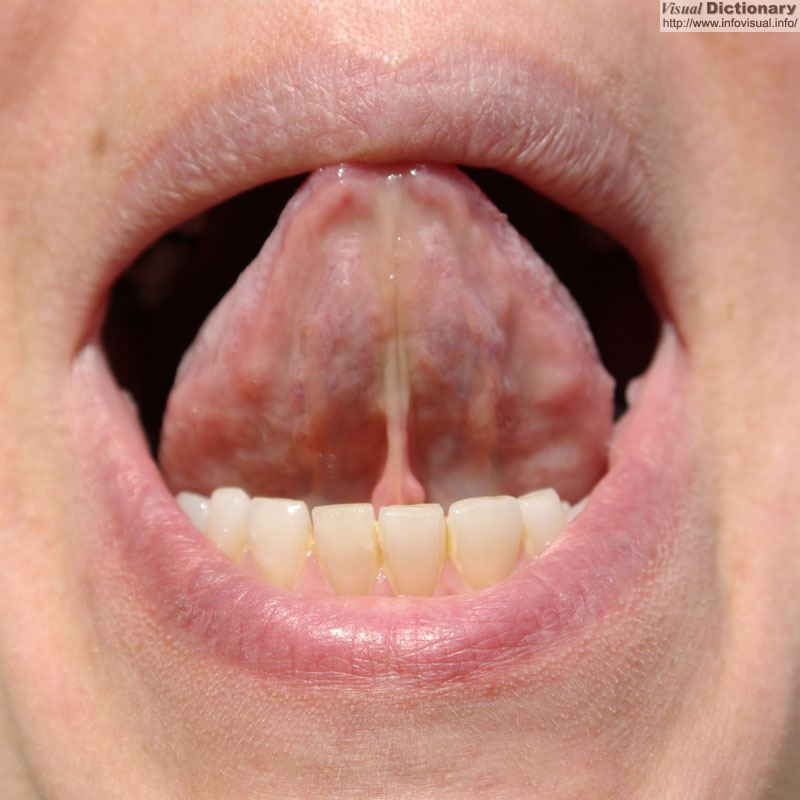Digestive system

Pharynx: part of the digestive tract between the mouth and the esophagus.
Esophagus: part of the digestive tract between the larynx and the cardia of the stomach.
Stomach: pocket-like part of the digestive tract, where food is mixed and stored.
Pancreas (tail): gland connected to the digestive tract which produces digestive enzymes.
Duodenum: beginning of the small intestine.
Small intestine: part of the digestive tract between the stomach and the large intestine.
Descending colon: part of the large intestine in which food travels downward.
Sigmoid: last part of the descending colon.
Anus: end of the large intestine, through which the human body expels solid waste.
Rectum: last part of the large intestine, between the sigmoid colon and the anus.
Appendix: hollow diverticulum fastened to the caecum.
Cecum: blind gut formed by the part of the large intestine between the small intestine and the ascending colon.
Ascending colon: part of the large intestine where food travels upward.
Transverse colon: part of the large intestine where food travels horizontally.
Gallbladder: small sac that contains the bile.
Liver: digestive gland that produces bile.
Tooth: organ set in the jaws and used to cut and crush food.
Tongue: organ of taste.
Photo :
EN : Tongue
lower surface
FR : Langue
face inférieure
ES : Lengua
cara inferior

Since the tongue contains no bony supports for the muscles, the tongue is an example of a muscular hydrostat, similar in concept to an octopus arm. Instead of bony attachments, the extrinsic muscles of the tongue anchor the tongue firmly to surrounding bones and prevent the mythical possibility of 'swallowing' the tongue.
Animation : Digestion
Thanks to YouTube for allowing us to watch this video.